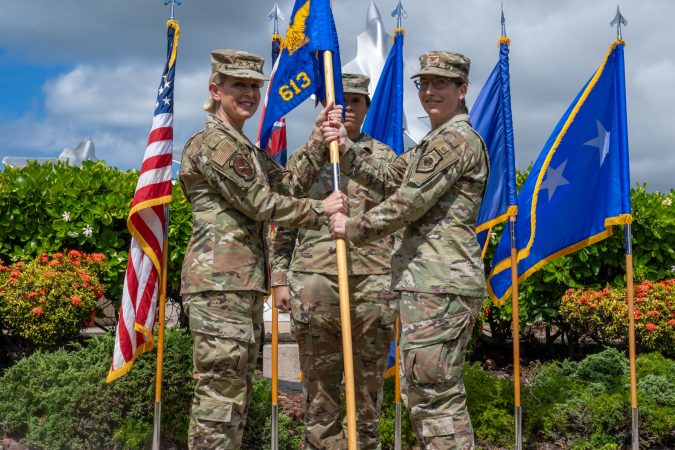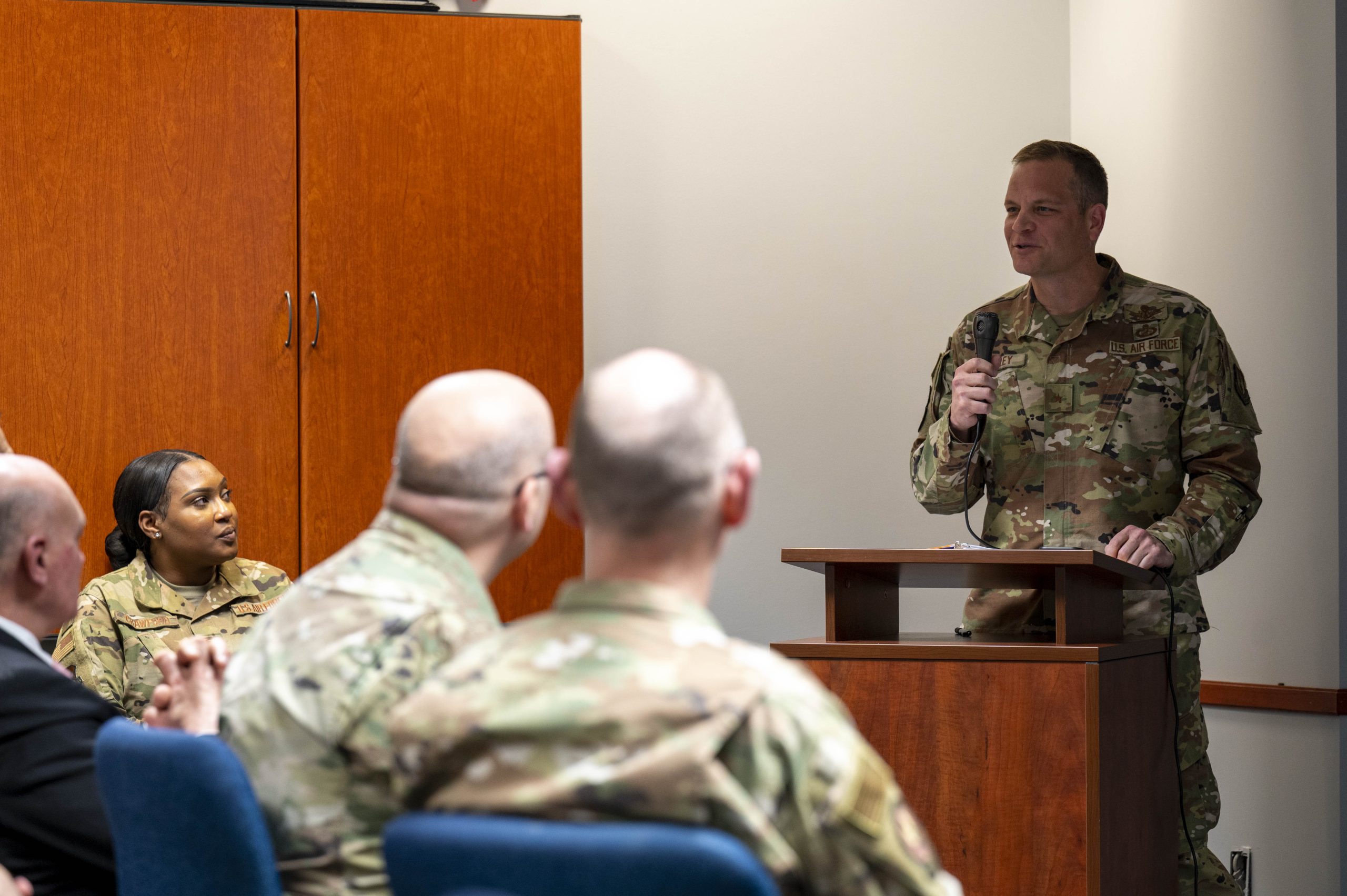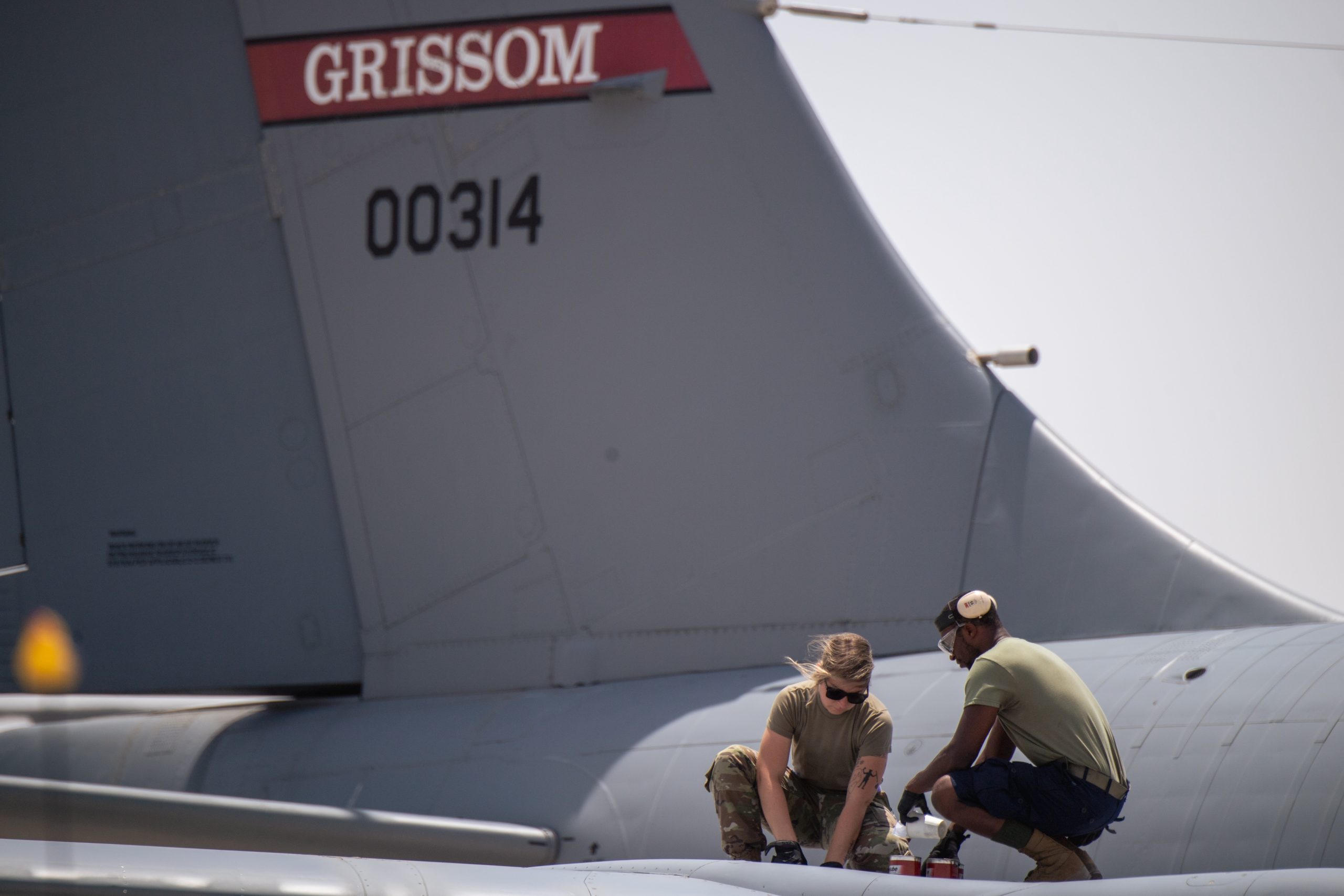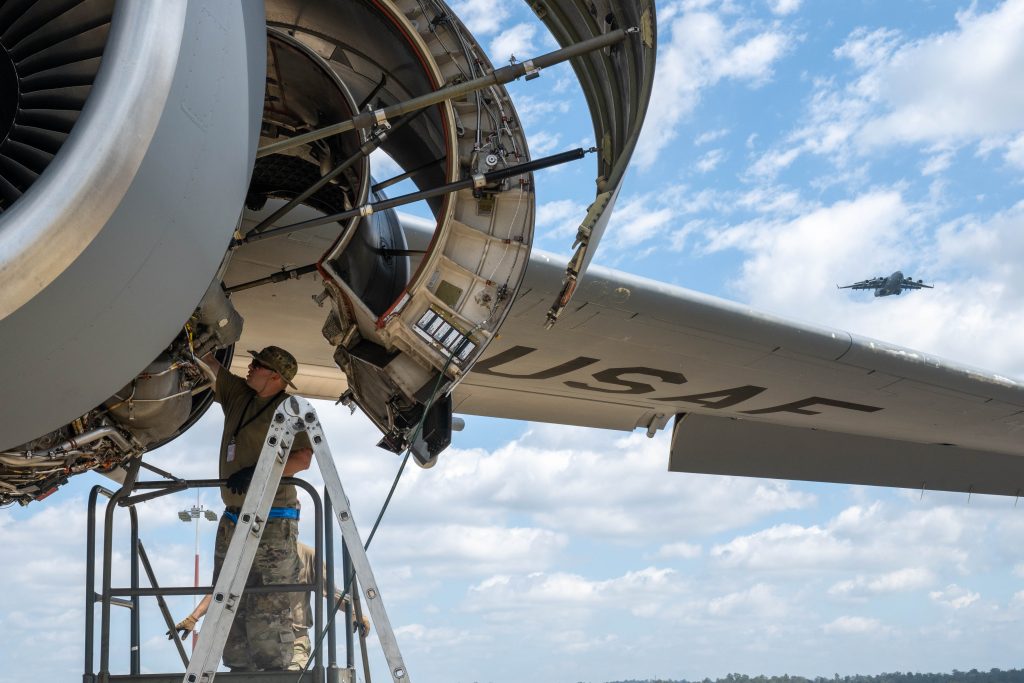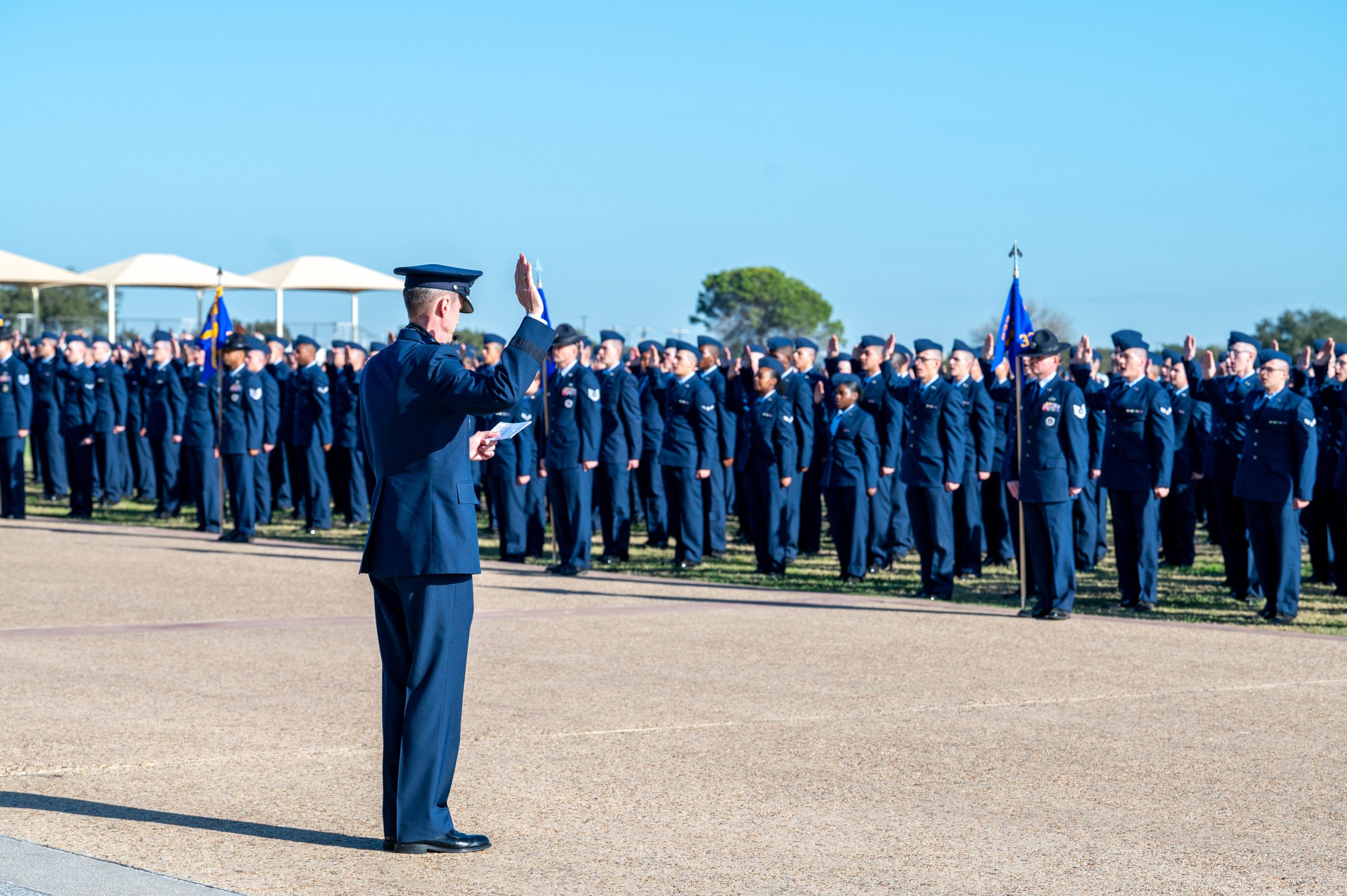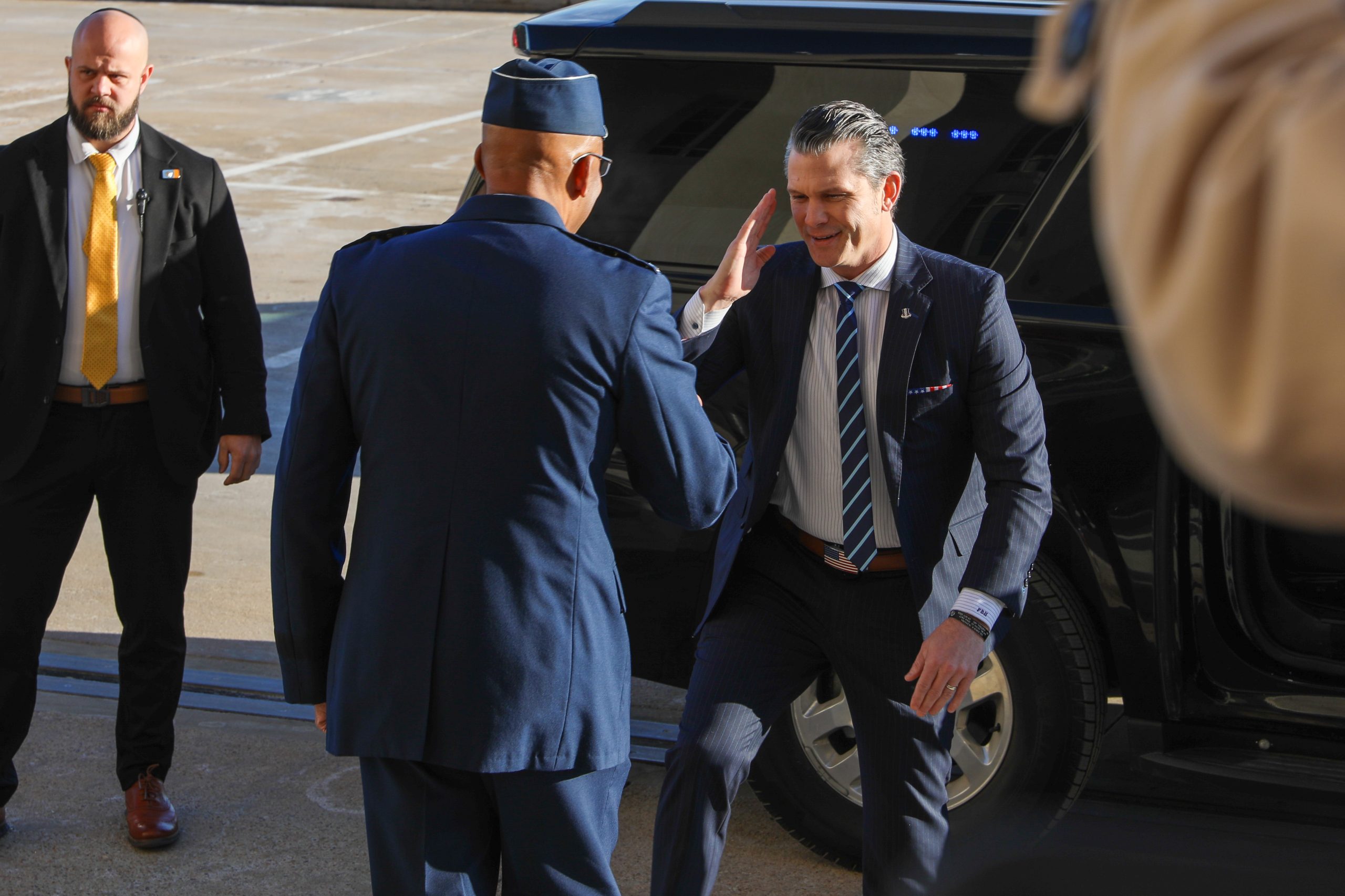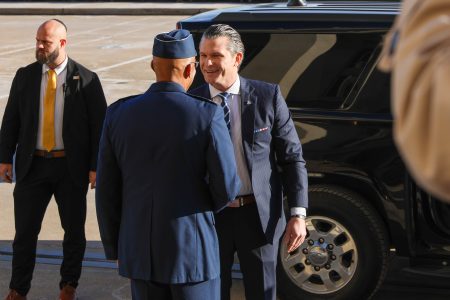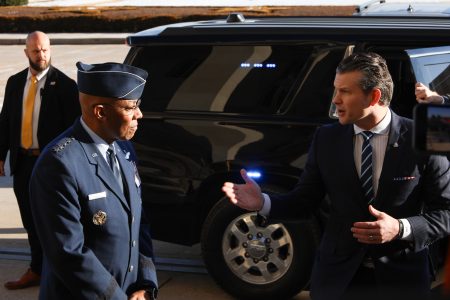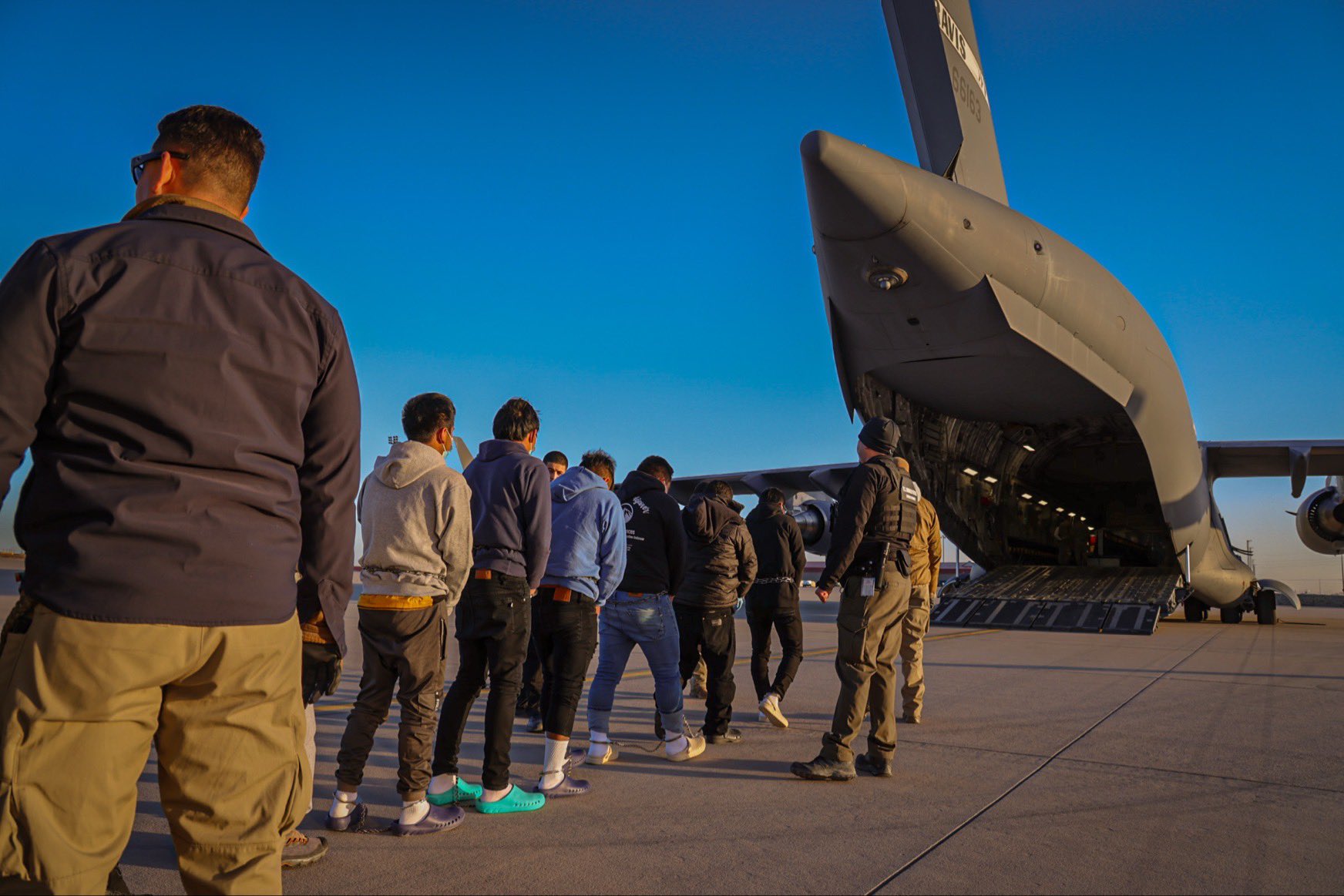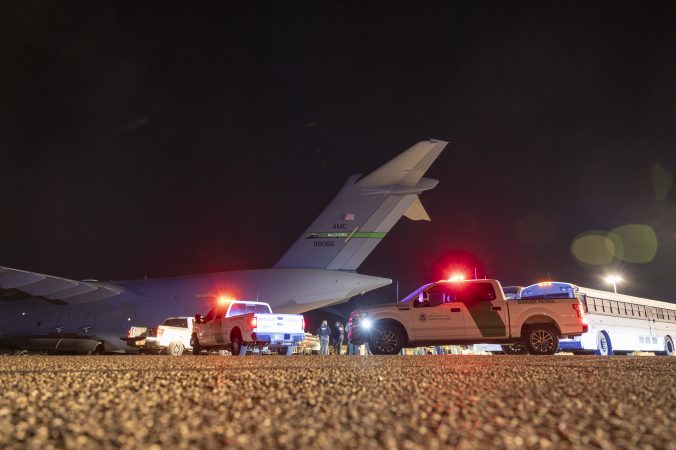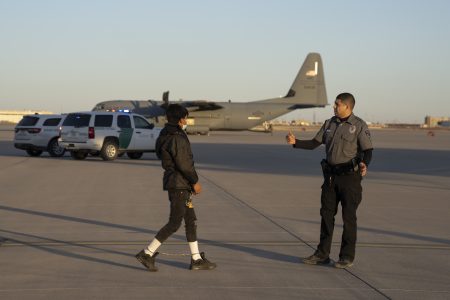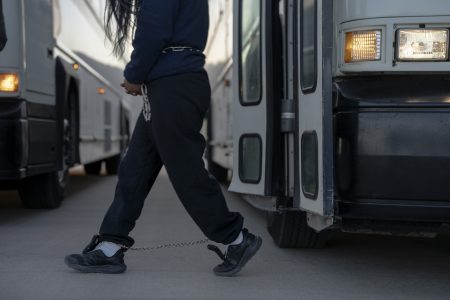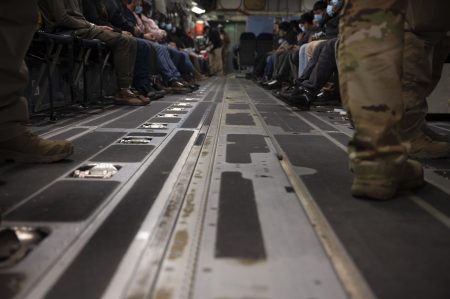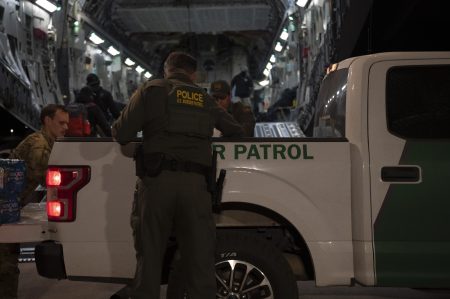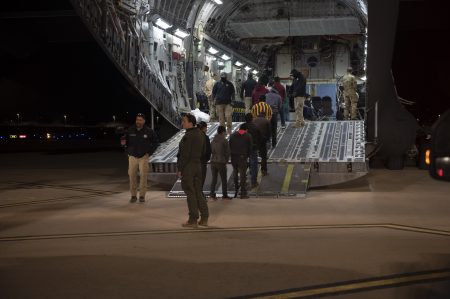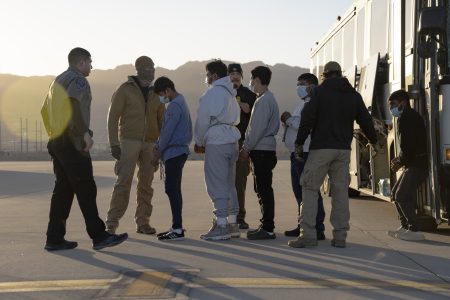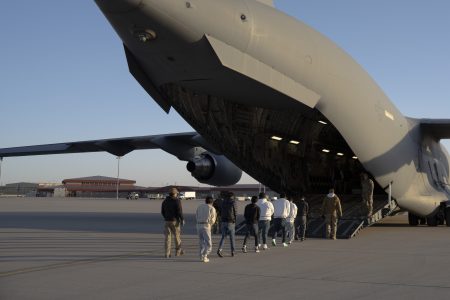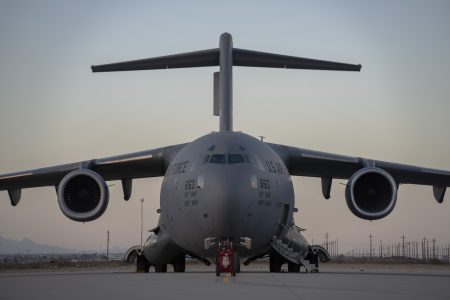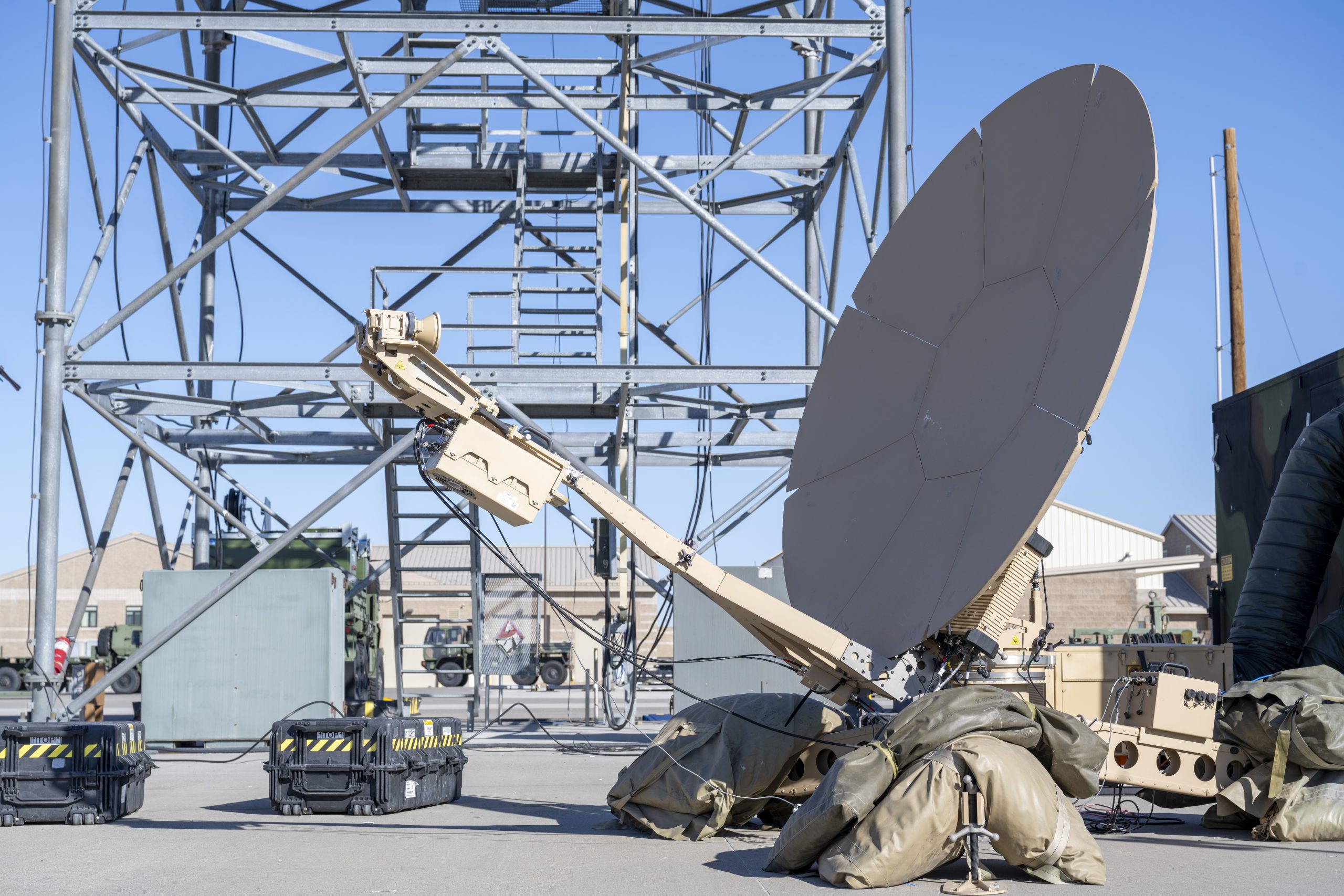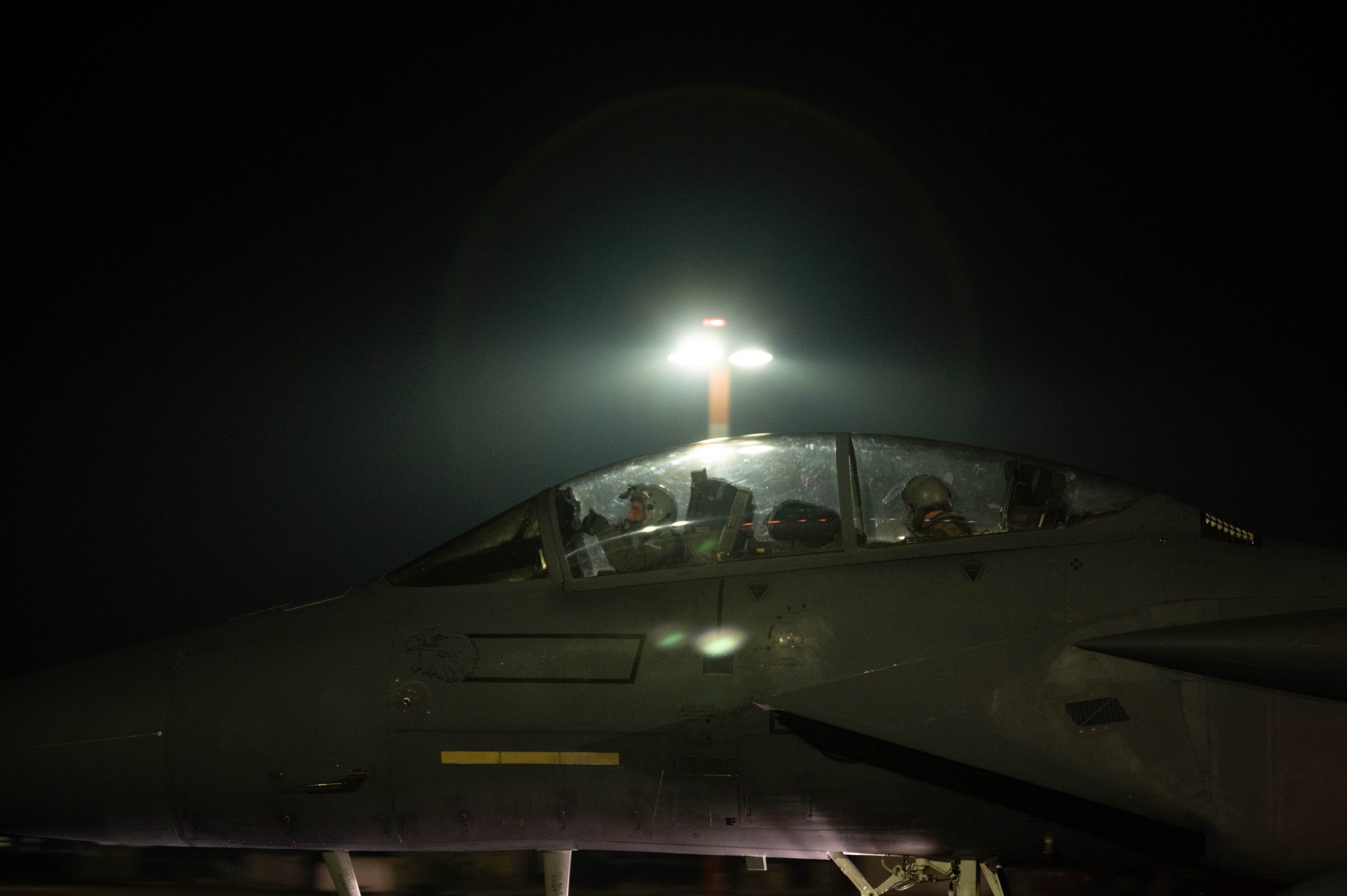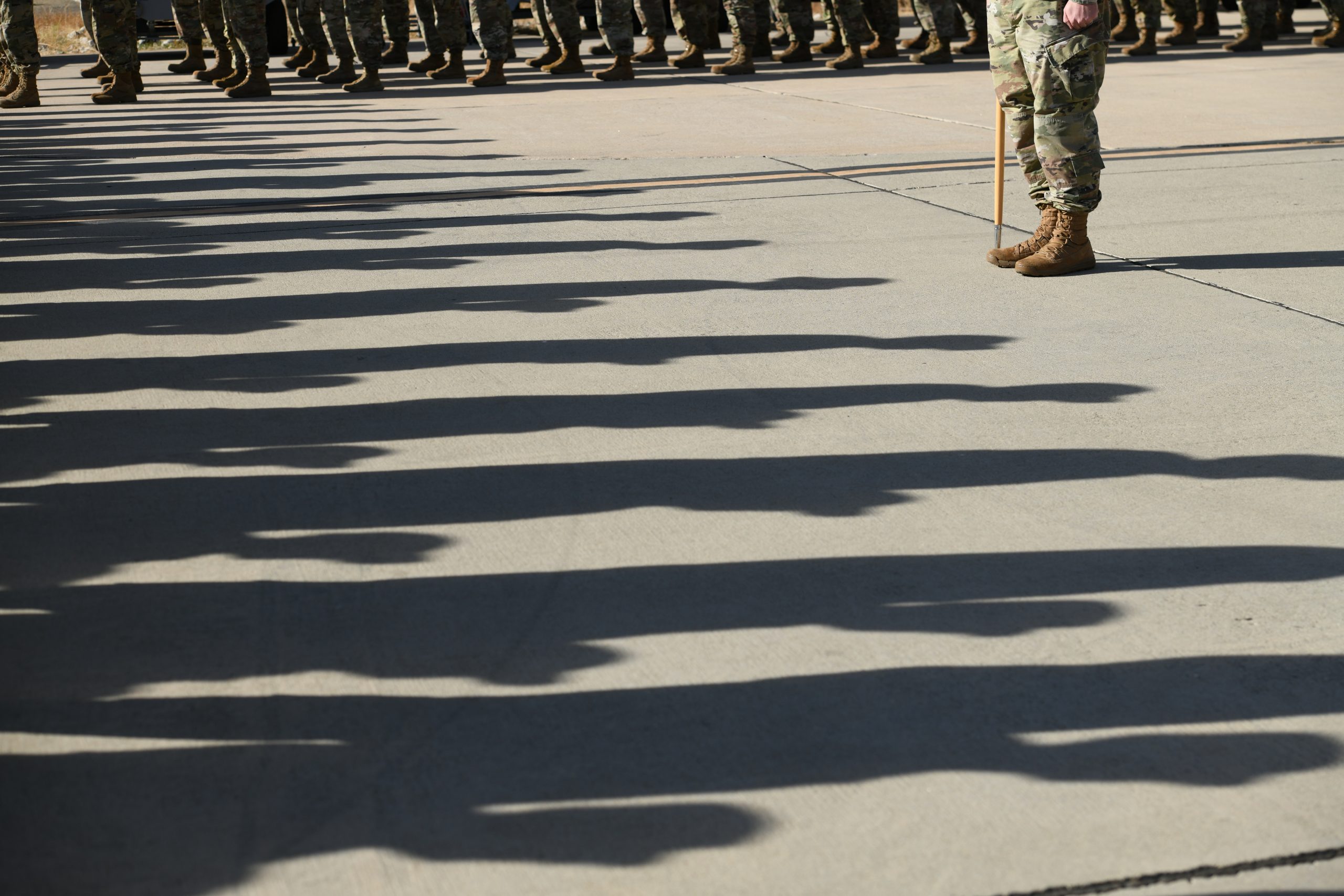A colonel and a brigadier general were each fired from high-profile jobs within two weeks of each other following investigations, according to the Air Force.
Brig. Gen. Erik Quigley, program executive officer for the bombers directorate at the Air Force Life Cycle Management Center, was fired Jan. 28 by Air Force Materiel Command boss Gen. Duke Z. Richardson. Quigley was relieved “due to a loss of confidence in his ability to lead, following an internal investigation which revealed inappropriate personal relationships,” according to an AFMC release.
Twelve days earlier, Col. Julie Sposito Salceies was fired from her job commanding the 613th Air Operations Center by Pacific Air Forces commander Gen. Kevin B. Schneider. A PACAF release said the Jan. 16 removal was the result of a “loss of confidence in her ability to command the organization,” but in response to questions from Air & Space Forces Magazine, a spokesman said the command had “validated a UCMJ violation, leading to a decision to relieve her from command.”
Quigley was responsible for guiding sustainment and modernization of the Air Force’s B-1, B-2, and B-52 fleets, and had been in the job since April. His role put him in charge of the major upgrade program for USAF B-52s, which include new engines, radar, cockpits, and more to keep the Stratofortress flying for decades to come.
Not included in Quigley’s portfolio was the new B-21 Raider, which is being developed under the control of the Air Force’s Rapid Capabilities Office.
A career acquisition professional, Quigley led the Minuteman III systems directorate from 2020 to 2022, then spent time as director of staff at AFMC and director of the command’s Digital Acceleration Task Force. He was reassigned to a role within AFMC headquarters, a spokesperson told Air & Space Forces Magazine.
Sposito Salceies took command of the 613th AOC in June after commanding the 609th Air Operations Center—the Combined Air Operations Center in the Middle East, one of the busiest commands in one of the most complex regions of the world. The 613th provides command and control of U.S. air assets in the Indo-Pacific, a more expansive region. An air battle manager by trade, Sposito Salceies was reassigned to a position at PACAF headquarters, an official said.
Senior Editor David Roza contributed to this report.
